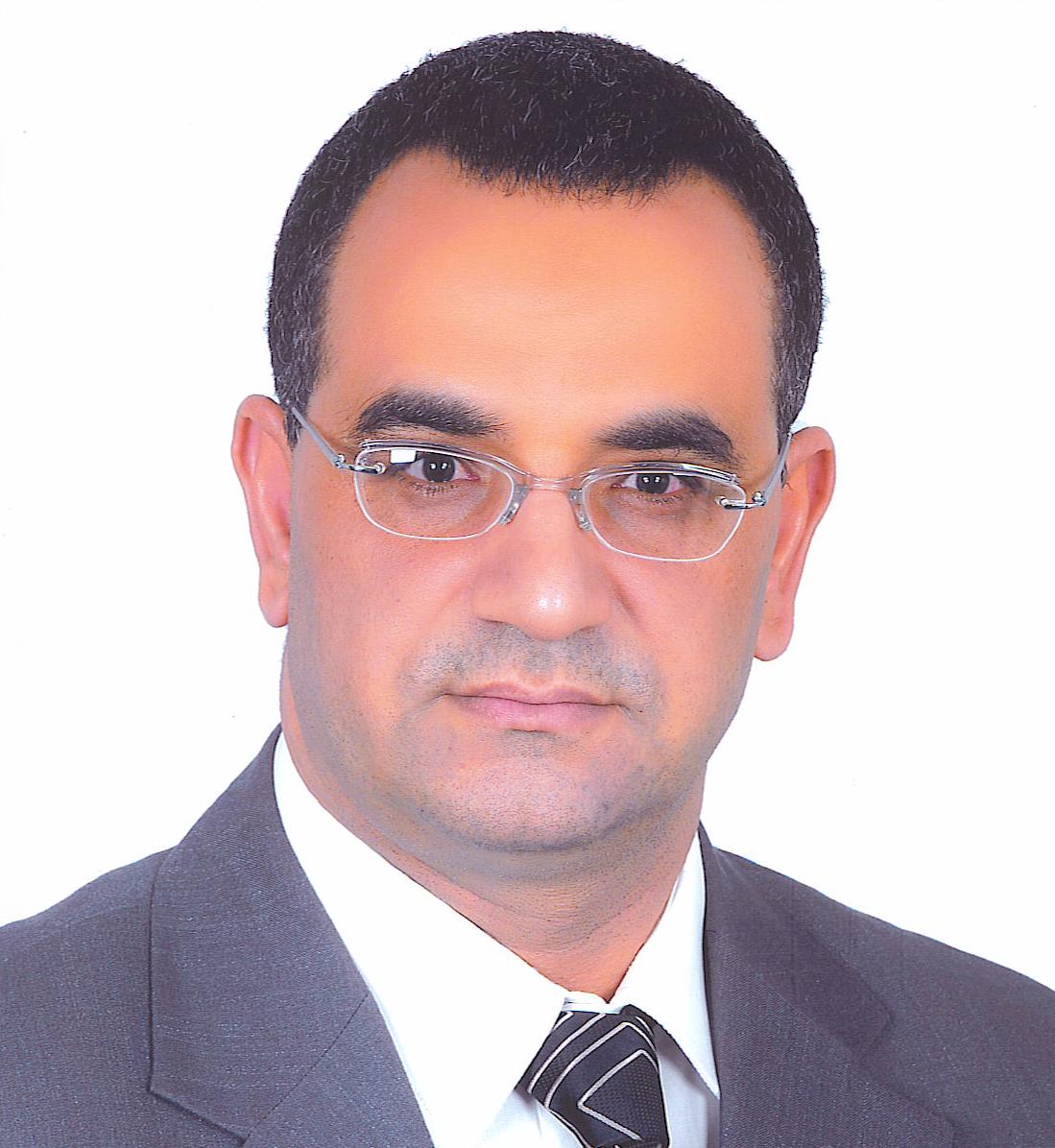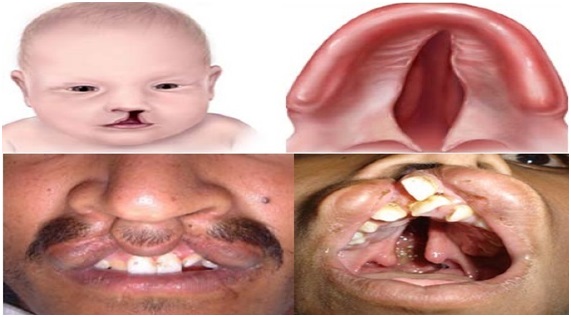BACKGROUND:
Cleft lip and palate is the most common congenital anomaly in the head and neck region. These clefts are not just a distortion of the normal appearance, but they may impose a major influence on the whole patient's life, both functionally and psychologically. Clefts affect feeding, teething, hearing, speech, and social communication. The incidence of cleft lip and palate is variable in different countries and different communities. The surgical correction of cleft lip and palate went through many evolutions, but still there is no single universal protocol of repair; however, many European countries have adopted national protocols and have established cleft centers for the management and follow up of affected population.
PATIENT AND METHODS:
In this study, the problem of cleft lip and palate in the area of upper Egypt was presented through the records of patients admitted to the Department of Plastic Surgery at the Sohag University Hospital in a 15-year period (2001-2015).
RESULTS:
A total number of 1318 patients, who were admitted and had been operated upon in our department, were included in this study. The majority of patients presented to the department with a primary disease, yet 14.7% (194 patients) of them were first presented for a secondary interference after being operated upon elsewhere. A total number of 1923 surgical procedures were performed.


